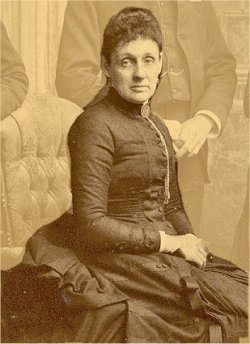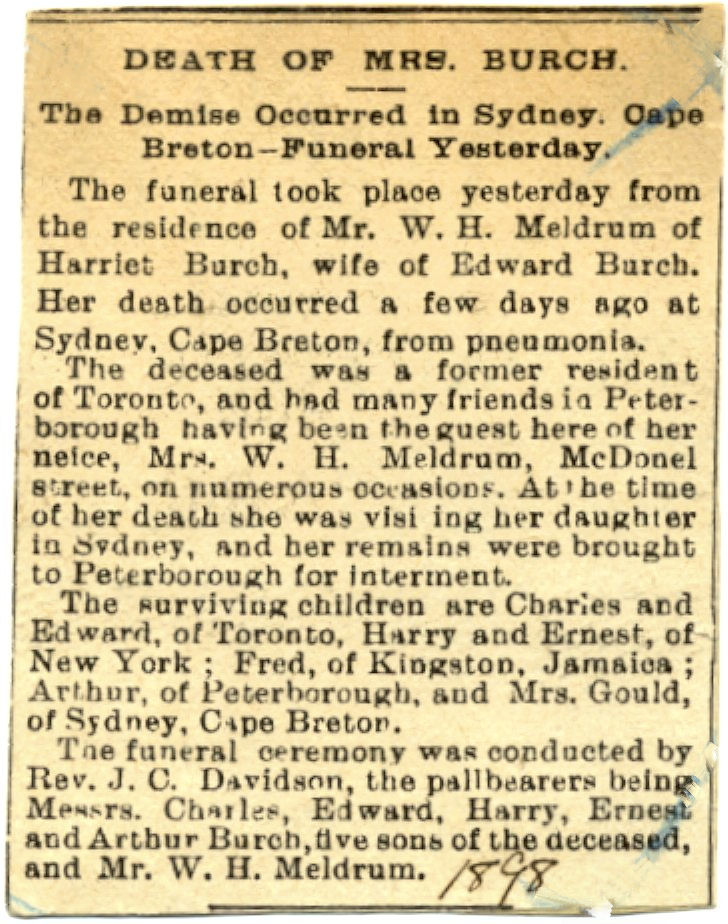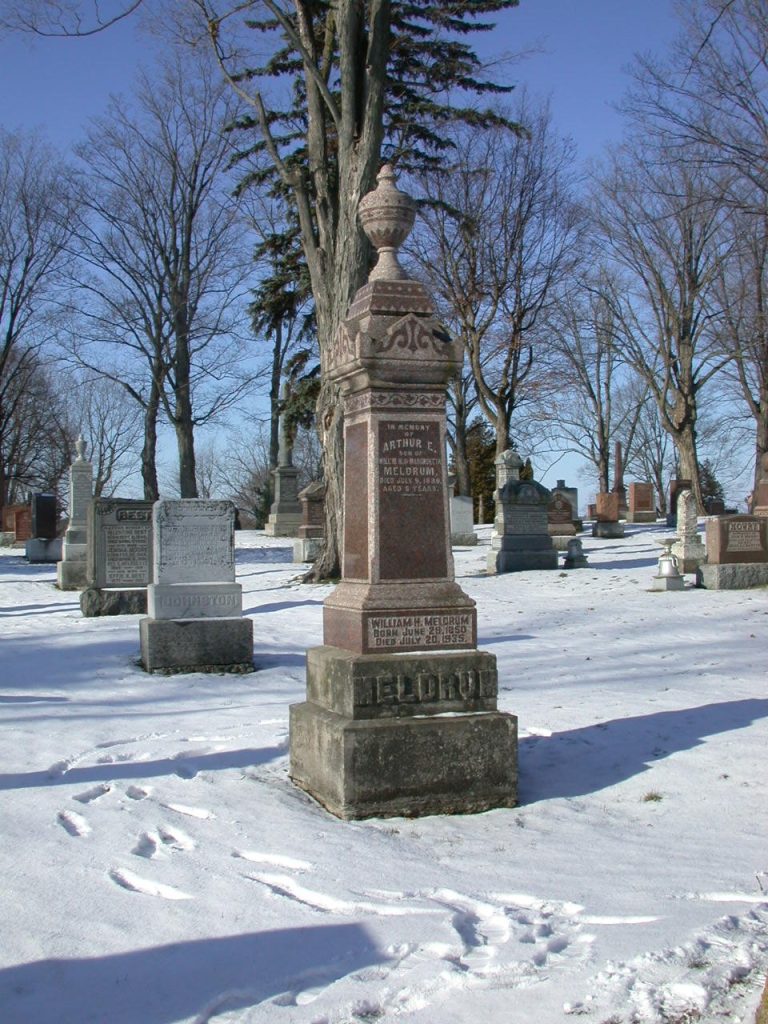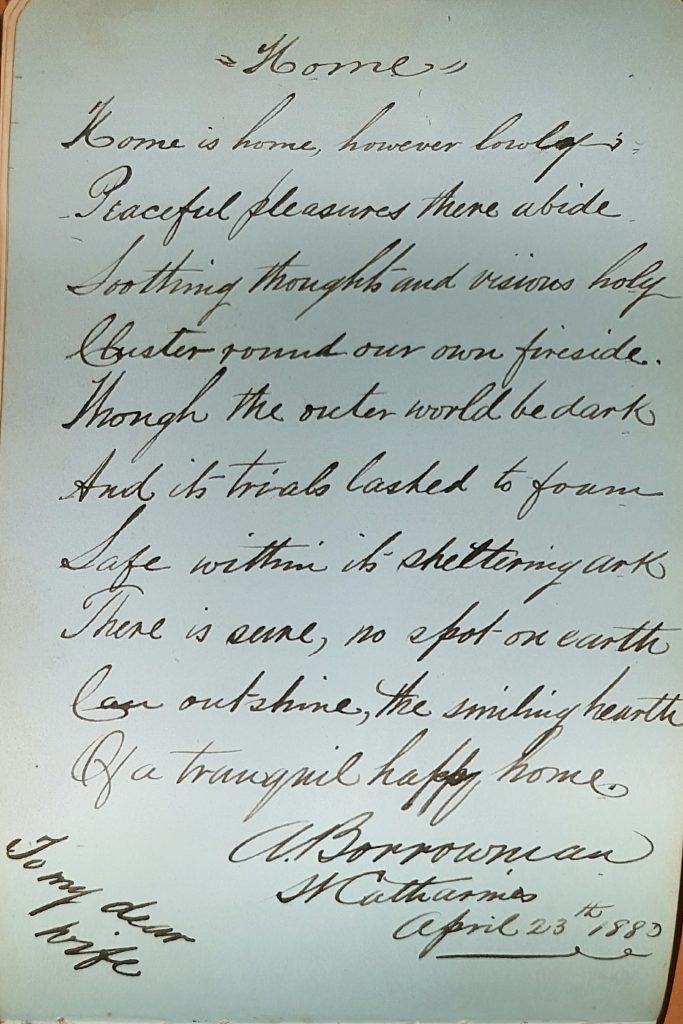Birchbark Letter
When my dad was just a boy, he and his parents lived with his maternal grandparents in Ottawa, at 336 Metcalfe Street. His grandpa, William John Gerald, had been retired from his position as deputy minister of Inland Revenue for some time in 1920 when young Gerry sent him a note with good wishes for his 70th birthday. Grandpa Gerald wrote back from their summer place in Deep River. Nine-year-old Gerry so treasured this letter that he saved it his whole life in this carefully-marked envelope:

Inside the envelope, I found two fragile pieces of birchbark chosen by Grandpa Gerald for his reply. The handwriting on the bark is faded and difficult to read, but modern digital photo editing can bring out most of the lettering. He used a nibbed pen for the first bit, with the ink flowing quite well at first, then failing, leaving only indentations in the bark. The last bit is in pencil, which has survived much better!
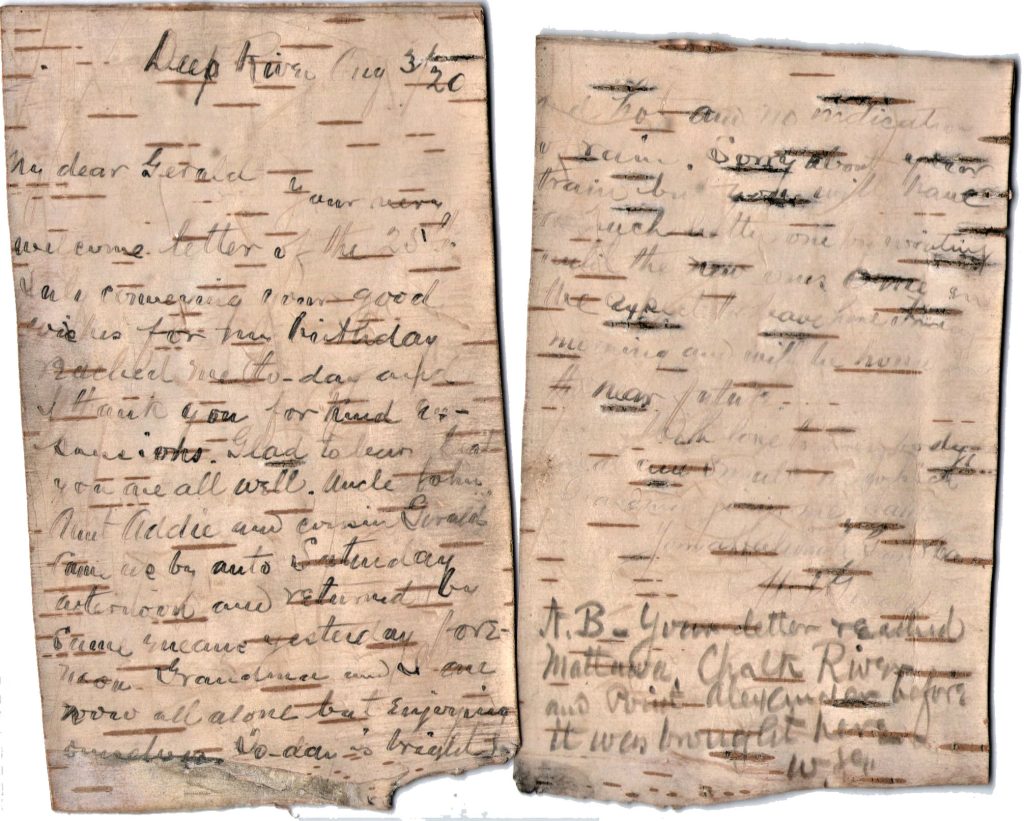
This is what the letter says:
Deep River Aug 3/20
My dear Gerald
Your very welcome letter of the 25th July conveying your good wishes for my birthday reached me to-day and I thank you for kind expressions. Glad to learn that you are all well. Uncle John, Aunt Addie and cousin Gerald came up by auto Saturday afternoon and returned by same means yesterday forenoon. Grandma and I are now all alone but enjoying ourselves. Today is bright
(2nd piece)
and hot and no indication of rain. Sorry about your train but you will have a much better one by waiting until the new ones come in. We expect to leave here Friday morning and will be home in the near future. With love to everybody great and small in which Grandma joins me, I am
Your affectionate Grandpa,
WJG
NB Your letter reached Mattawa, Chalk River and Point Alexander before it was brought here.
WJG
Here’s a map clip to show the route taken by the letter, a long way up the Ottawa River and then partway back down again:

It’s a privilege to be the custodian of a little treasure like this, and I hope it lasts at least another 103 years. No wonder young Gerry kept it safe for so long, such a unique message from his beloved grandfather.
Tags: Gerald, letters, memorabilia
